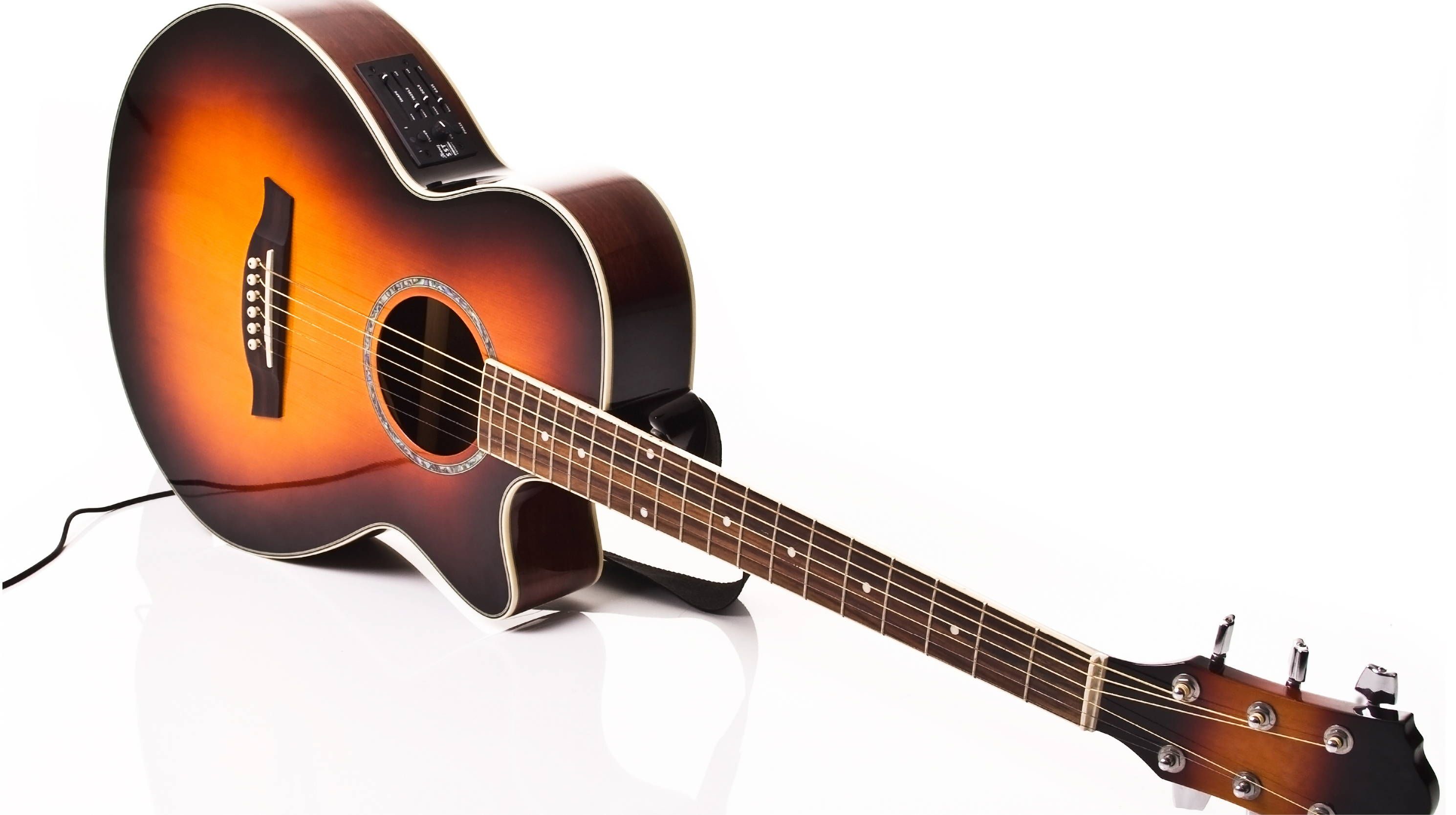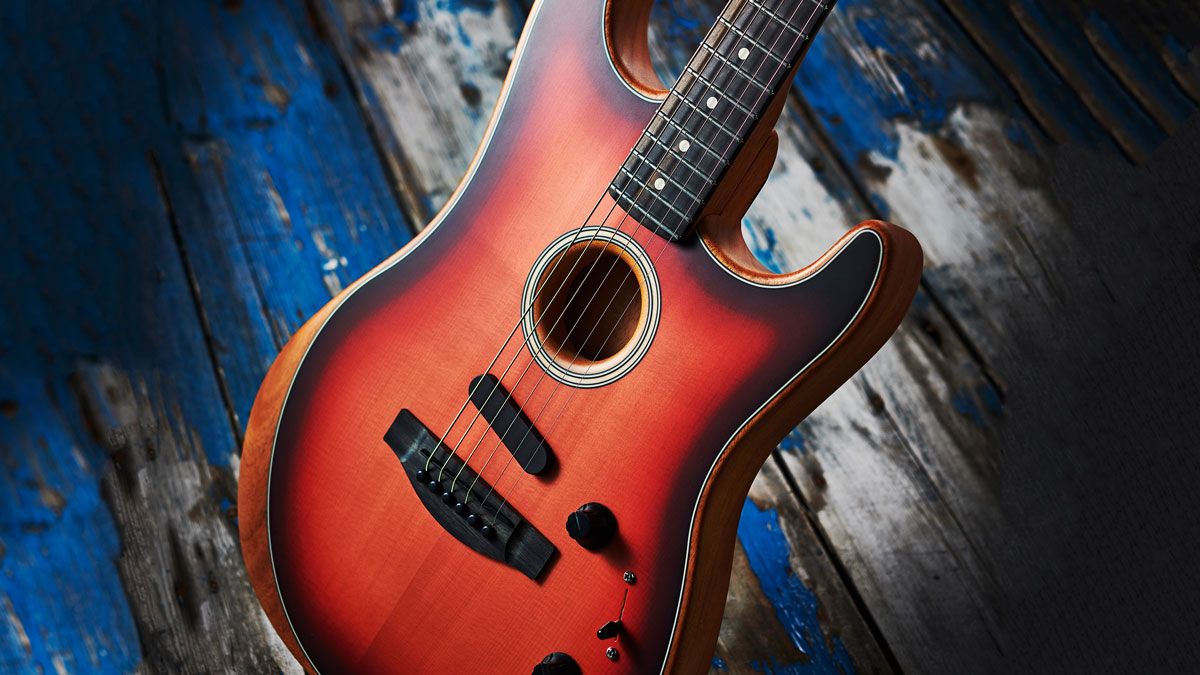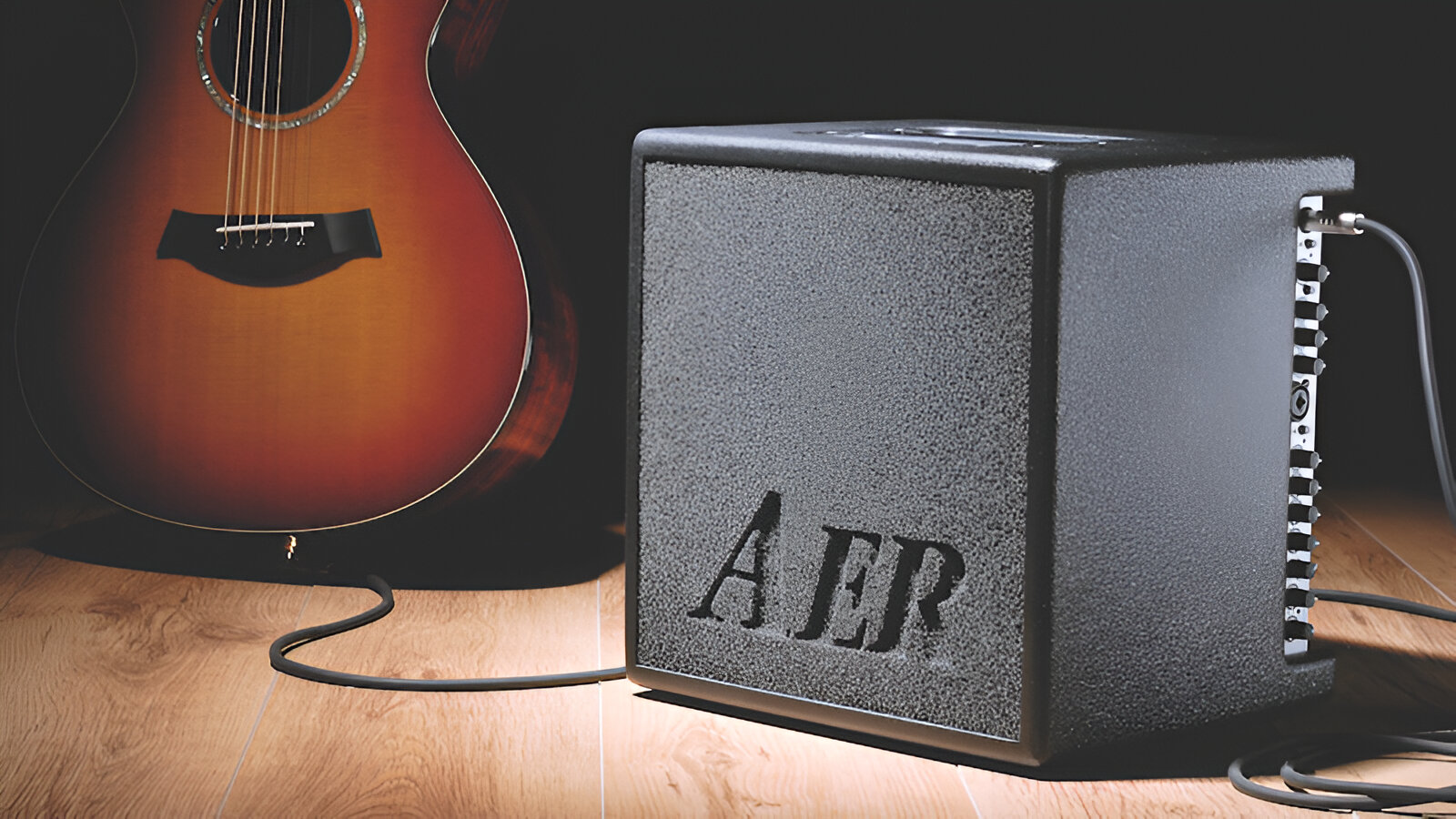Introduction
Acoustic and electric guitars are two distinct instruments with their own unique characteristics, sounds, and playing styles. While both are fundamentally guitars, they cater to different musical genres and playing preferences. Understanding the differences between these two types of guitars can help aspiring musicians make informed decisions when choosing the right instrument for their needs.
Acoustic guitars are renowned for their classic, resonant sound and natural amplification. They are often associated with folk, country, and singer-songwriter genres, providing a warm and organic tone that fills intimate venues and outdoor spaces with ease. On the other hand, electric guitars are synonymous with rock, jazz, blues, and pop music, offering a versatile range of tones and the ability to be amplified to much higher volumes. Their distinctive sound is often enhanced by the use of effects pedals and amplifiers, allowing for a wide array of sonic possibilities.
In this detailed exploration, we will delve into the construction, sound, playability, amplification, and maintenance of acoustic and electric guitars. By examining these key aspects, we can gain a comprehensive understanding of the differences between the two instruments and the unique qualities that make each of them a beloved choice for musicians around the world. Whether you are a beginner seeking your first guitar or an experienced player looking to expand your collection, this comparison will illuminate the distinct attributes of acoustic and electric guitars, empowering you to make an informed decision based on your musical aspirations and preferences.
Construction and Design
The construction and design of acoustic and electric guitars play a pivotal role in shaping their distinct characteristics. Acoustic guitars are typically crafted with a hollow body, creating a natural resonance that amplifies the strings’ vibrations. The soundboard, often made of spruce or cedar, contributes to the guitar’s tonal qualities, while the body shape, such as dreadnought or concert, influences the instrument’s projection and overall sound. Additionally, acoustic guitars feature a soundhole, which further enhances the projection of sound waves.
On the other hand, electric guitars are characterized by their solid or semi-hollow body construction. Solid-body electric guitars, such as the iconic Fender Stratocaster and Gibson Les Paul, are crafted from a single piece of wood, offering durability and sustain. Semi-hollow electric guitars, like the Gibson ES-335, have a hollow chamber within the body, contributing to a warmer tone and reduced feedback at higher volumes. The design of electric guitars often includes magnetic pickups, which capture the string vibrations and convert them into electrical signals, ready for amplification.
Both types of guitars feature a neck, fretboard, and headstock, albeit with variations in scale length, neck profile, and fret size. Acoustic guitars commonly have a slotted headstock, while electric guitars typically feature a solid headstock. The choice of tonewoods, such as mahogany, rosewood, maple, and ebony, also influences the instrument’s resonance, sustain, and overall tonal characteristics, contributing to the unique appeal of each guitar type.
From the bracing patterns of acoustic guitars to the body contours and cutaways of electric guitars, the construction and design intricacies significantly impact the instrument’s playability, comfort, and sonic capabilities. Understanding these nuances allows musicians to appreciate the craftsmanship behind each guitar and make informed decisions based on their musical preferences and playing styles.
Sound and Tone
The sound and tone of acoustic and electric guitars are distinct, reflecting the unique construction and design elements of each instrument. Acoustic guitars produce rich, natural tones that resonate from the instrument’s hollow body, creating a warm and vibrant sound. The acoustic sound is characterized by its organic and dynamic nature, offering a wide tonal range that responds to the player’s touch and technique. From the bright and crisp tones of a fingerpicked arpeggio to the resonant depth of strummed chords, acoustic guitars exude an unmistakable acoustic warmth that is well-suited for unplugged performances and intimate settings.
Conversely, electric guitars exhibit a versatile tonal palette, largely due to their solid or semi-hollow body construction and the use of magnetic pickups. The electrified sound of an electric guitar can range from clean and articulate to overdriven and aggressive, offering a broad spectrum of tones that cater to various musical genres and playing styles. The use of effects pedals, amplifiers, and tone controls further expands the sonic possibilities, allowing musicians to sculpt their desired sounds with precision and creativity.
While acoustic guitars excel in delivering natural, resonant tones that are well-suited for folk, country, and singer-songwriter genres, electric guitars offer a dynamic range of tones that are synonymous with rock, blues, jazz, and pop music. The distinctive qualities of each instrument’s sound and tone contribute to their respective roles in shaping the sonic landscape of diverse musical genres, providing musicians with a wealth of expressive possibilities.
Understanding the sonic characteristics of acoustic and electric guitars empowers musicians to select the instrument that best aligns with their musical aspirations and performance requirements. Whether seeking the organic warmth of an acoustic guitar or the electrifying versatility of an electric guitar, the unique sound and tone of each instrument play a pivotal role in shaping the musical journey of players and enriching the auditory experiences of audiences worldwide.
Playability and Technique
The playability and technique of acoustic and electric guitars are influenced by their distinct designs, contributing to varying playing experiences for musicians. Acoustic guitars are often lauded for their ergonomic and accessible neck profiles, offering comfortable fretting and chord transitions. The wider neck width and string spacing of acoustic guitars accommodate fingerstyle playing and intricate chord voicings, providing a versatile platform for expressive acoustic performances. Furthermore, the acoustic guitar’s acoustic projection and resonance inspire players to explore dynamic playing techniques, such as percussive strumming and nuanced fingerpicking, enhancing the instrument’s expressive capabilities.
Conversely, electric guitars are renowned for their sleek and slim neck profiles, facilitating swift fretboard navigation and effortless soloing. The narrower neck width and lower string action of electric guitars enable rapid scale runs, bends, and vibrato, empowering lead guitarists to execute intricate melodic phrases with precision and agility. Additionally, the incorporation of cutaways in electric guitar designs allows unhindered access to higher frets, facilitating seamless lead guitar techniques and extended soloing across the fretboard.
Both acoustic and electric guitars offer unique playing experiences, each catering to different musical styles and performance approaches. The playability and technique of acoustic guitars emphasize fingerstyle nuances, chordal richness, and acoustic dynamics, while electric guitars prioritize speed, precision, and expressive lead playing. Understanding the distinct playing attributes of each instrument enables musicians to select the guitar that complements their playing style and artistic expression, ultimately enhancing their musical journey and performance capabilities.
Amplification and Effects
Amplification and effects play a pivotal role in shaping the sonic identity of electric guitars, offering a diverse array of tonal possibilities and expressive capabilities. Electric guitars are designed to be amplified, utilizing pickups that capture string vibrations and transmit them to amplifiers, where the signals are transformed into powerful, resonant tones. The amplification process allows electric guitarists to project their sound across large venues and capture the attention of audiences with clarity and impact.
Furthermore, electric guitars are often paired with effects pedals, which enhance and manipulate the instrument’s sound in creative and dynamic ways. Effects pedals such as distortion, overdrive, delay, reverb, and modulation offer a spectrum of tonal textures, enabling guitarists to sculpt their desired sounds with precision and artistry. These effects pedals can dramatically alter the guitar’s tonal characteristics, from adding sustain and grit to creating ambient textures and spatial depth, enriching the sonic landscape of electric guitar performances.
On the other hand, acoustic guitars are renowned for their natural amplification, projecting their resonant tones without the need for external amplification in intimate settings and acoustic performances. However, modern acoustic-electric guitars feature built-in pickups and preamp systems, allowing acoustic guitarists to amplify their sound for larger venues and add subtle effects such as reverb and chorus to enrich their sonic palette.
The integration of amplification and effects in electric guitars offers a versatile platform for sonic exploration and artistic expression, empowering guitarists to craft diverse tones and textures that complement their musical vision. Understanding the interplay between amplification, effects, and the inherent tonal characteristics of electric guitars provides musicians with a wealth of creative possibilities, enriching their sonic repertoire and elevating their musical performances.
Price and Maintenance
When considering the purchase of a guitar, whether acoustic or electric, price and maintenance are important factors that warrant careful consideration. Acoustic guitars are available in a wide price range, catering to various budgets and preferences. Entry-level acoustic guitars offer affordability without compromising on quality, making them ideal for beginners and casual players. Mid-range and high-end acoustic guitars, crafted from premium tonewoods and featuring intricate craftsmanship, cater to discerning musicians seeking superior tonal characteristics and aesthetic appeal.
Electric guitars also offer a diverse price spectrum, with entry-level models providing accessible options for aspiring electric guitarists. These guitars often feature solid construction and versatile tonal capabilities, making them suitable for a range of musical genres. Mid-range and high-end electric guitars boast advanced electronics, premium hardware, and exceptional playability, appealing to professional musicians and enthusiasts seeking top-tier performance and sonic versatility.
In terms of maintenance, acoustic guitars typically require less upkeep compared to electric guitars. The acoustic guitar’s simple construction and reliance on natural resonance minimize the need for frequent adjustments and maintenance. Regular string changes, humidity control, and occasional fretboard conditioning are essential for preserving the acoustic guitar’s playability and tone.
Electric guitars, with their intricate electronics and hardware, may require more frequent maintenance to ensure optimal performance. Regular maintenance of the guitar’s electronic components, including pickups, switches, and potentiometers, is essential to uphold the instrument’s tonal integrity. Additionally, setup adjustments, such as neck relief, action height, and intonation, play a crucial role in maintaining the electric guitar’s playability and performance consistency.
Understanding the price range and maintenance requirements of acoustic and electric guitars empowers musicians to make informed decisions based on their budget, long-term investment, and commitment to instrument care. Whether seeking an affordable entry-level instrument or a premium model with meticulous craftsmanship, considering the price and maintenance aspects aids in selecting a guitar that aligns with the player’s musical goals and practical considerations.
Conclusion
Acoustic and electric guitars stand as iconic instruments, each with its own distinct attributes and musical allure. The exploration of their construction, sound, playability, amplification, price, and maintenance illuminates the diverse qualities and considerations that define these instruments. Acoustic guitars, celebrated for their natural resonance and warm tonal character, evoke a sense of tradition and intimacy, making them ideal for unplugged performances and acoustic settings. In contrast, electric guitars, with their electrifying versatility and dynamic tonal range, embody the spirit of innovation and sonic exploration, catering to a wide array of musical genres and expressive possibilities.
Understanding the unique characteristics of acoustic and electric guitars empowers musicians to make informed choices based on their musical aspirations, playing styles, and performance requirements. Whether embracing the organic warmth of an acoustic guitar or delving into the electrifying realm of electric guitar tonalities, the distinct attributes of each instrument offer a wealth of creative opportunities and sonic possibilities.
Ultimately, the decision between an acoustic and electric guitar hinges on the player’s musical preferences, genre interests, and artistic vision. Both instruments hold a revered place in the world of music, enriching countless compositions, performances, and sonic landscapes. Whether strumming soulful chords on an acoustic guitar or unleashing searing riffs on an electric guitar, the inherent qualities of each instrument contribute to the rich tapestry of musical expression and creativity.
As musicians embark on their musical journey, the distinct allure of acoustic and electric guitars beckons, inviting players to explore, create, and resonate with the instrument that speaks to their musical soul.

























